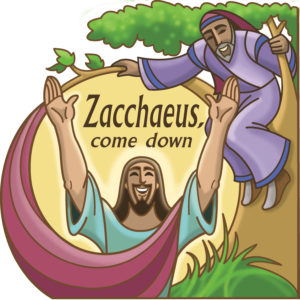Restoration
Where I come from in Kansas, there are many people that enjoy restoring old things such as cars, tractors, or farm equipment. People in small, rural communities are not in such a hurry about things and they are patient in seeing a project through. Given a little bit of time they can do wondrous work in transforming something that seemed worn out and beyond hope into something beautiful and useful again. There is a way of seeing things that makes one believe that with a little care, time and patience something old and ruined can be made new again.
In the fast paced life of the city we often experience the effects of a disposable culture. If something is broken then we just throw it away and buy a new one. We don’t waste our time fixing things. If something is broken and doesn’t work right then it is just junk and it needs to find its way to the junk pile. We don’t want it lying around cluttering up our lives. We don’t have time or patience for things that will not serve their purpose. With our eyes we look on things that are older, in poor repair, showing the signs of wear and tear, not working right, as being useless and ready to be trashed. It is easy in this fast paced world to just bulldoze over broken things and toss them aside as useless. We have very little patience for something we consider useless and broken, even when it comes to people. Euthanasia and assisted suicide comes from a culture that considers broken things as worthless and disposable.
 Some things that we would consider useless and throw away another person would consider worth saving and just waiting for someone to show a little care and offer a little bit of time and effort to restore. There is a great deal of satisfaction in seeing something restored to its original beauty and dignity. It shows a great deal of appreciation and love and concern on the behalf of the artisan who had the vision to restore something to its original beauty. I recently read of a beautiful little Romanesque-style country church that its pastor and parishioners lovingly restored to its magnificent beauty. Nothing like it could have been built today. It was truly a labor of love.
Some things that we would consider useless and throw away another person would consider worth saving and just waiting for someone to show a little care and offer a little bit of time and effort to restore. There is a great deal of satisfaction in seeing something restored to its original beauty and dignity. It shows a great deal of appreciation and love and concern on the behalf of the artisan who had the vision to restore something to its original beauty. I recently read of a beautiful little Romanesque-style country church that its pastor and parishioners lovingly restored to its magnificent beauty. Nothing like it could have been built today. It was truly a labor of love.
In the gospel of Luke, we meet the chief tax collector Zacchaeus. Zacchaeus is a restoration project. Though rich and powerful in the material world, Zacchaeus is small and insignificant in the eyes of the community in which he serves. Zacchaeus is a broken and lonely man. I am sure that the community of Jericho felt that there was nothing more useless and worthy of contempt than a tax collector. The people in the streets of Jericho would gladly have thrown this little man away and rid themselves of someone they considered a blight on the covenant community. This person was considered a public sinner and had no use or purpose in the community of God’s people. Jesus sees him in another way. Jesus has come to rescue, to reconcile, to redeem and to restore the lost children of Abraham. Jesus shows us that for him the sinner is a lost sheep that needs to be brought back home to the sheepfold. For that reason, today salvation must come to the house of Zacchaeus in the person of Jesus. For God, today is always the day of salvation.
Jesus shows us an image of God the Father that is reflected in our first reading from Wisdom. God is a “lover of souls”. God looks upon lost souls as restoration projects. He never wants to destroy something that is worth saving. God looks upon the sinner and can see past the years of abuse and disuse, the rust and corruption and can picture the original beauty of a soul that was created in His image for immortality. For Luke, Jesus has come to bring about restoration. He is an artist who gives everything to save and restore God’s creation to its original beauty and dignity. What Jesus does for Zacchaeus today he is able to do for all of us who find ourselves broken and useless, he is looking for someone just like you to restore. Perhaps you can be his next project.




